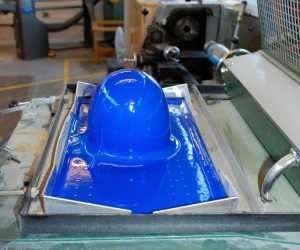Our world is full of products that are made, or packaged, or both, through the use of vacuums that form the finished items. Also known as thermoforming, this production technology is incredibly widespread.
In fact, as the British Plastics Federation confirms, this is one of the most common and longest established ways of processing plastic to create products –http://www.bpf.co.uk/plastipedia/processes/vacuum_forming.aspx. And there’s a reason for this – forming methods using vacuums have a number of advantages over other production techniques. Let’s take a look at these advantages.
Image Credit
Precision delivers quality
Products that are made from multiple different parts, then joined together, are less accurate than vacuum formed objects, which can faithfully reproduce a design specification with fine tolerance. The reduced level of error, and enhanced accuracy, when thermoforming is used, mean that quality levels can be met and maintained throughout the production run.
A cost-effective production method
Tooling up for a forming production run using vacuum technology, is relatively low cost. Using low pressure only, the forming process doesn’t need very sophisticated tools. So the moulds can be made from relatively low-cost materials.
Large parts can simply be made from one large sheet of plastic, reducing waste. This method is increasingly being used for vehicle parts, such as engine hoods on agricultural equipment. And small or specialised businesses, that may only want a short production run, have an effective and economic way to achieve this. Vacuum forming experts https://www.bridgewooduk.com/production-assembly/vacuum-forming are able to advise companies on how to achieve their designs within price, quality and time constraints.
Zero waste to landfill
The offcuts and discards from plastic sheets being used for forming can all be fed straight back into the production of new plastic sheets, so there’s a 100% recycling rate, and zero waste.
Flexibility
Moulds can bring a product designer’s vision to life. They’re able to accurately portray brand graphics and logos, both on products and on packaging.
Speed
Thermoforming is a quick way to prototype, adjust and finalise a design, then a rapid way to produce the finished item. The time to market is reduced, and the time efficiencies often mean that the whole process costs less.
All of these advantages add up to a robust business case for using forming techniques in production processes.

